|
Location: Hayle Estuary Nature Reserve Species: 2x Cattle Egret, 1x Sparrow Hawk, 10++ Little Egret, 10++ Greylag, 3x Grey Heron, Ruff, Black-tailed Godwit, Bar-tailed Godwit, Curlew and a lot more... Photo Credit: Rowena Castillo Video Credit: Rob Nicholls
0 Comments
Location: Hayle Estuary Nature Reserve Species: Kingfisher, Curlew, Black-tailed Godwit, Bar-tailed Godwit, Greylag, Canada Goose, Grey Heron, Little Egret and a lot more... The highlight of the day was the "Bald Eagle". Unfortunately, it's not a wild one but just an escapee from the Paradise Park. :-) Photo Credit: Rowena Castillo Video Credit: Rob Nicholls Location: St Mawes St Mawes Castle Castle Cove St Mawes Harbour The Rising Sun St Just in Roseland Pendower-Carne Beach St Anthony Head Towan Beach Portscatho East and West Portholland Photographer: Rowena Castillo Nicholls Videographer: Rob Nicholls We've seen loads of amazing wildlife... Gorgeous stones... and a lot more... The Roseland Peninsula (Cornish: Ros, meaning promontory) has been designated part of Cornwall’s Area of Outstanding Natural Beauty for the quality of its landscape and coastal scenery. It is a peninsula, is separated from the remainder of Cornwall by the River Fal (on the east is the English Channel). The 2009 film documentary "And Did Those Feet" suggests that Jesus Christ may have visited the Roseland Peninsula. The legend of Christ's visit to England is depicted in William Blake's poem "And did those feet in ancient time". In 1992, Channel 4 televised The Camomile Lawn by Mary Wesley, located at the National Trust property Broom Parc on the Roseland Peninsula. The series starred Felicity Kendal, Paul Eddington, Claire Bloom, Jennifer Ehle & Rebecca Hall and was directed by Sir Peter Hall. St Mawes St Mawes Castle Castle Cove St Mawes Harbour The Rising Sun St Just in Roseland Pendower-Carne Beach St Anthony Head Towan Beach Portscatho East and West Portholland
Location:
The Lizard Peninsula Kynance Cove Photographer: Rowena Castillo Nicholls Videographer: Rob Nicholls To welcome AUTUMN, me and Rob went on a "DAY OUT" in the Lizard Peninsula. Our first stop is Great Britain's most southerly point, The Lizard Peninsula. We went for a walk on the cliffs and on the beach. We even saw 2 Cornish Choughs showing off their amazing acrobatic flights. We also saw loads of the famous serpentine stone along the footpath, a unique metamorphic rock which is dark green veined with red and white. Our next stop was Kynace Cove, one of the most picturesque cove in Great Britain. Our last stop was in Helston Boating Lake to see the Grey Phalarope, but unfortunately, it was not there today. All in all, we had a fantastic and fabulous day despite the dark clouds and drizzles. Autumn Equinox 2017 in Northern Hemisphere will be at 21:02 today, Friday, 22 September. On the two equinoxes every year the Sun shines directly on the Equator and the length of day and night is nearly equal – but not exactly. The September equinox marks the moment the Sun crosses the celestial equator – the imaginary line in the sky above the Earth’s equator – from north to south and vice versa in March. In the Northern Hemisphere, the fall equinox marks the first day of fall (autumn) in what we call astronomical seasons. There's also another, more common definition of when the seasons start, namely meteorological definitions, which are based on average temperatures rather that astronomical events. The Lizard (Cornish: An Lysardh) is a peninsula in southern Cornwall. It is the most southerly part of the British mainland, is a place apart. Lizard Point is mainland Britain's most southerly point, infamous as a site of shipwrecks in the past and overlooking what is still one of the busiest shipping lanes in the world. A combination of the mild maritime climate and complex and unique geology has produced an area with a distinctive character, well known for its rare and unusual flora and where the famous call of the Cornish Chough is never far away. The Lizard peninsula is also renowned as the birthplace of modern communication, where Marconi undertook some of his pioneering radio experiments. These experiments are celebrated at the Marconi Centre at Poldhu and the Lizard Wireless Station at Bass Point, a short walk along the coast path from Lizard Point. Known as the Lizard complex, the peninsula's geology is the best preserved example of an exposed ophiolite in the United Kingdom. An ophiolite is a suite of geological formations which represent a slice through a section of ocean crust (including the upper level of the mantle) thrust onto the continental crust. The Lizard formations comprise three main units; the serpentinites, the "oceanic complex" and the metamorphic basement. Daphne du Maurier based many novels on this part of Cornwall, including Frenchman's Creek. The Lizard was featured on the BBC television programme Seven Natural Wonders as one of the wonders of the South West, and on the BBC series Coast. In James Clavell's novel Shogun, ship's pilot Vasco Rodrigues challenges John Blackthorne to recite the latitude of the Lizard to verify that Blackthorne is a fellow seaman. The Jennifer McQuiston 2015 novel The Spinster's Guide to Scandalous Behavior is set primarily in the fictional village Lizard Bay on the Lizard in the mid-nineteenth century. In the television adaptation of "Horatio Hornblower", an order is given to "Weather the Lizard" in the episode Hornblower:Mutiny. "Lizard Point" is also a track on the 1982 album Ambient 4: On Land released by Brian Eno. Kynance Cove (Cornish: Porth Keynans, meaning ravine cove) is a cove on the eastern side of Mount's Bay, Cornwall. The cove became popular in the early Victorian era, with many distinguished visitors including Queen Victoria and Prince Albert and the poet Alfred Tennyson. The BBC has described Kynance Cove as "one of the most beautiful stretches of coastline in the South West." Kynance Cove is part of the West Lizard Site of Special Scientific Interest (SSSI) and is in the Cornwall Area of Outstanding Natural Beauty. Kynance Cove was the venue for the first British record of Porter's rustic (Athetis hospes), a rare migrant moth from southern Europe. Kynance Cove features in the 2015 production of Agatha Christie’s, And Then There Were None, a period drama of three daily episodes first broadcast on 26 December 2015. It is also used as a location for the TV series Poldark (2015 TV series), as Ross Poldark’s beloved Nampara, and in the The Return of Sherlock Holmes episode The Devil's Foot. Location: Ruan Lanihorne Photo Credit: Rowena Castillo Video Credit: Rob Nicholls Wow!!! It's sooo great to see the Purple Heron eventhough it's a juvenile one. In flight, he looks like a small dinosaur. We spent the whole afternoon watching him walk amongst the grasses and ridges. He's very well camouflage and most of the time we lose track of him. It's all worth it coming back again today especially when the weather is a bit better. Location: Helston Boating Lake Sepcies: Grey Phalarope Photo Credit: Rowena Castillo Video Credit: Rob Nicholls It was really great to see the Grey Phalarope, the most photographed bird in Cornwall for the past few days. I am sooo delighted to see this lovely species. Cornwall has always been lucky and blessed with so many migrating birds and other wildlife. The grey phalarope, Phalaropus fulicarius, is a small wader. This phalarope breeds in the Arctic regions of North America and Eurasia. It is migratory, and, unusually for a wader, migrating mainly on oceanic routes and wintering at sea on tropical oceans. Location: Holywell Bay, Cornwall Photo Credit: Rowena Castillo Video Credit: Rob Nicholls Someone told me that they had started filming Poldark in Cornwall this week. On Monday, they were seen filming in Park Head. So I ask Rob if he could take me there to watch the film shooting but he said "ABSOLUTELY NOOOOO"!!! He'd rather go birdwatching than watch a film shooting. I was really disappointed. But I was sooo delighted when we saw the OSPREY and other species in Devoran Quay yesterday. Today, Rob told me he want to see the Portuguese man o' war in Holywell Bay. I am rather skeptical but I said yes. So off we go to Holywell Bay. When we arrived in the car park, my eyes went wide with excitement when I saw all the signage and the big vans. And the look of horror on Rob's face is just sooo comical and hilarious. How I wish I was able to photograph that look. Right that moment, I immediately know that they are filming Poldark exactly where Rob wants to go. It was his idea to come here not mine. Hahaha... Luckily, we were able to see a few "Portuguese man o' war" to keep Rob happy and satisfied and of course we also saw Aidan Turner aka Captain Ross Poldark and Eleanor Tomlinson aka Demelza Poldark. This really made my day. The Atlantic Portuguese man o' war (Physalia physalis), also known as the man-of-war, blue bottle, or floating terror, is a marine hydrozoan of the family Physaliidae found in the Atlantic Ocean, as well as the Indian and Pacific Oceans. But of course, the main reason in coming to the beach is to have a breath of the fresh Cornish sea air which is good for my lungs and cough. It's a WIN WIN situation!!! Location: Devoran Quay Species: 1x Osprey, 1x Peregrine Falcon, 1x Buzzard, 1x Kestrel, 3x Grey Heron, Black-tailed Godwit, Redshank, Greenshank, Curlew, Oystercatcher, Common Sandpiper, Cormorant, Little Egret, 2x Red Admiral and a lot more ... Photo Credit: Rowena Castillo Video Credit: Rob Nicholls Although the weather is a bit ughhhh... me and Rob still went out walking and birdwatching. We're sooo lucky to have seen loads of species. It's was an awesome day. |
Rowena
|








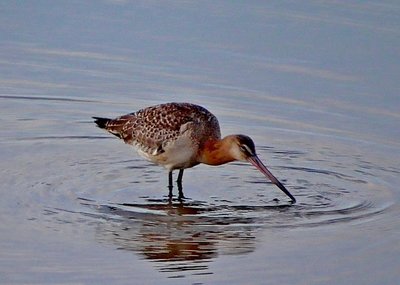


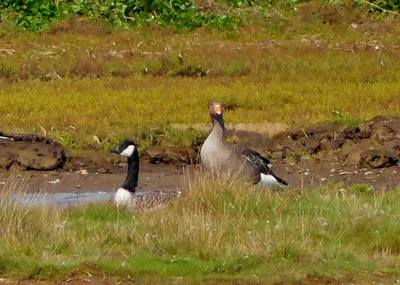


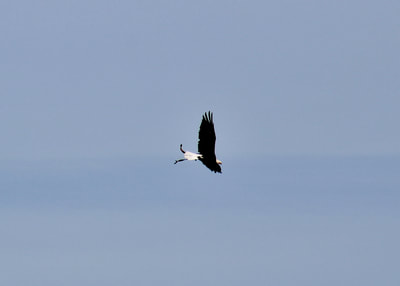
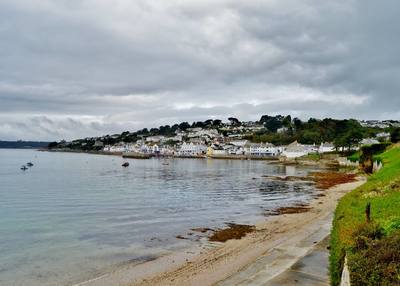






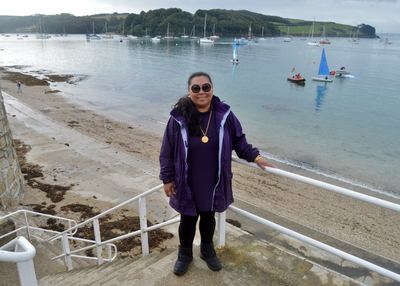


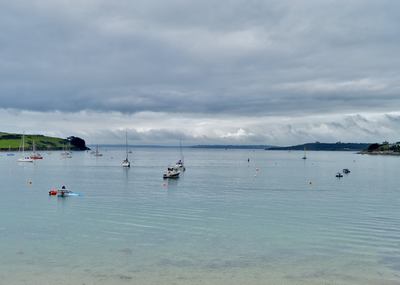


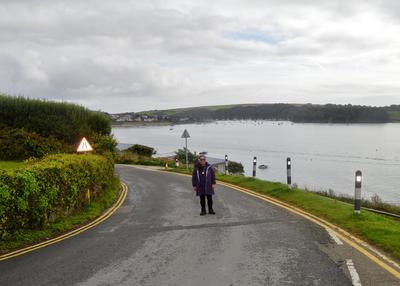


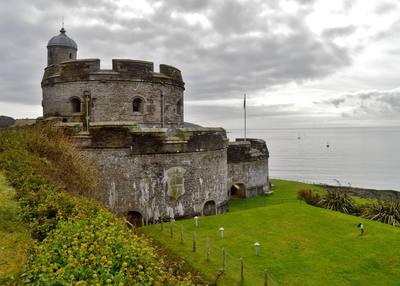
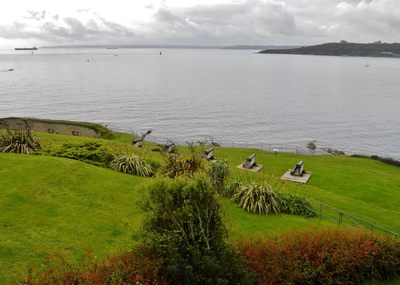











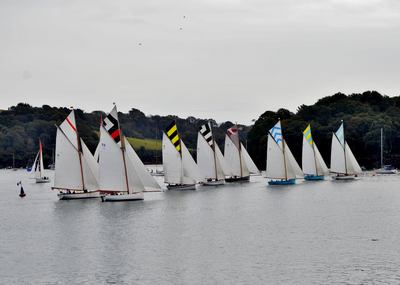
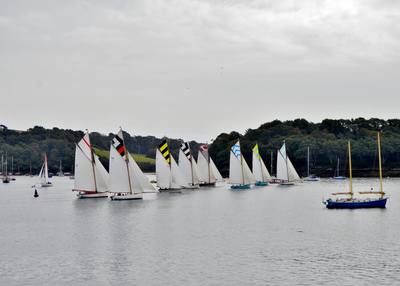




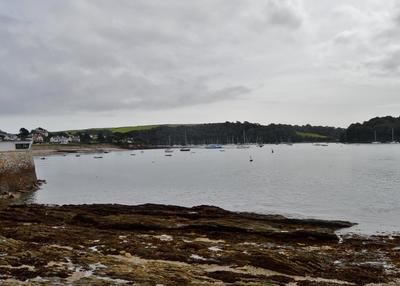




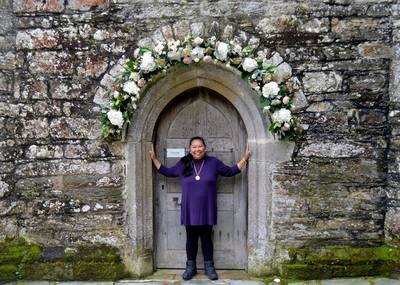


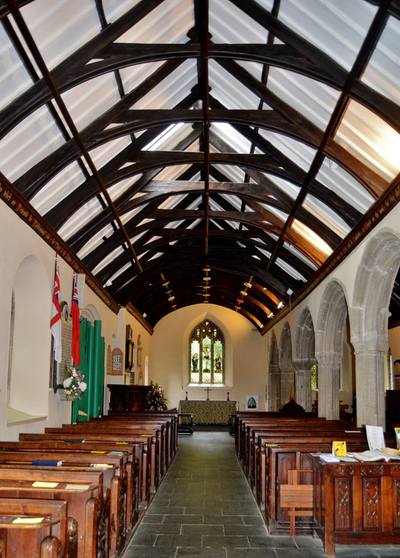

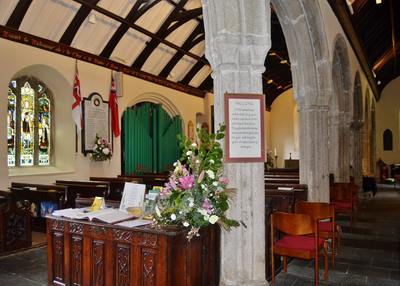






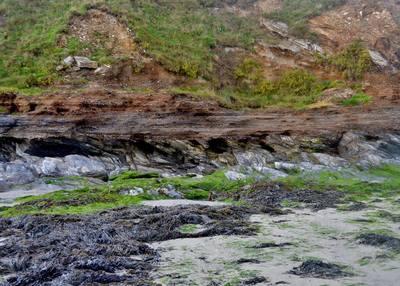







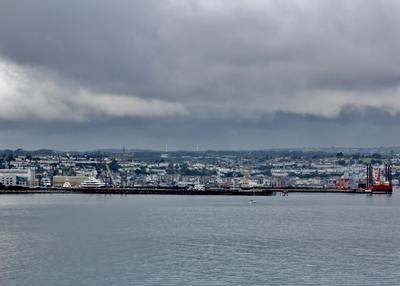




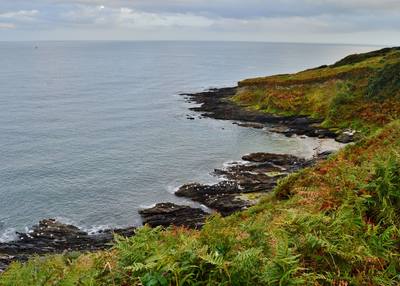



















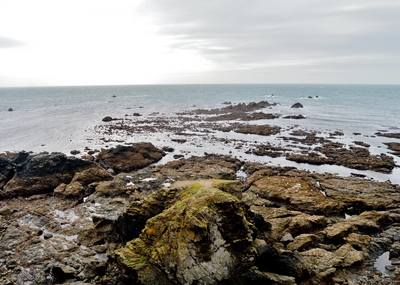









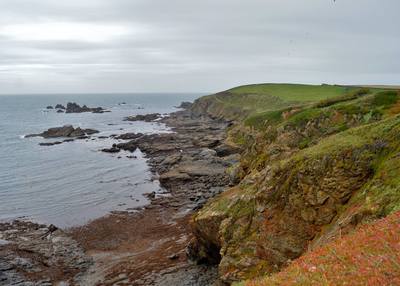



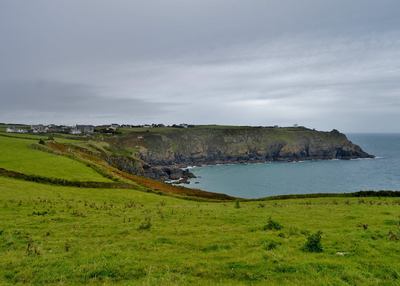












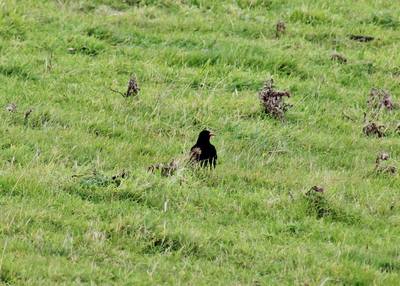




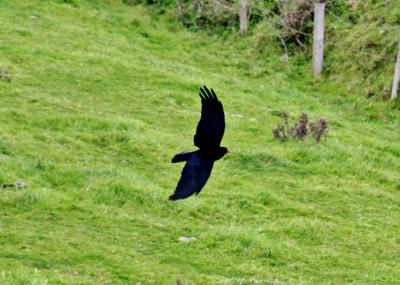









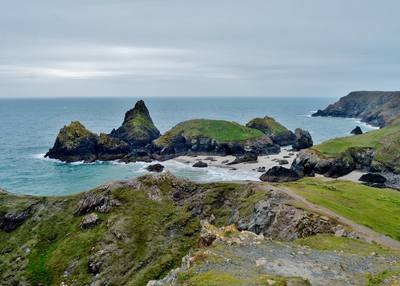

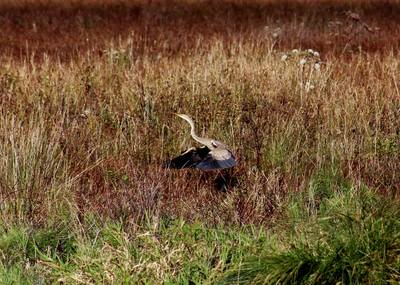

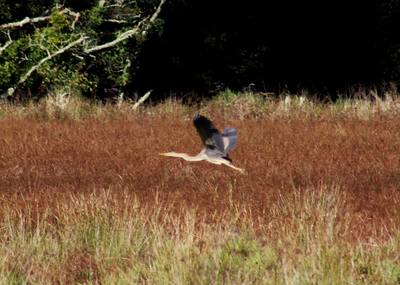






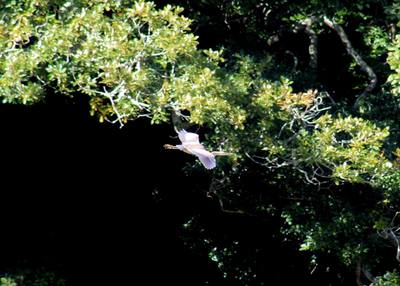

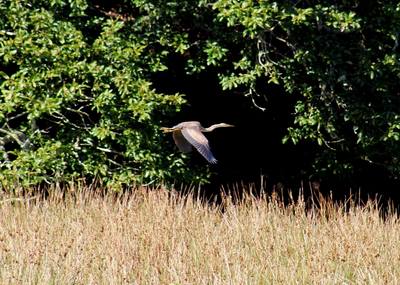


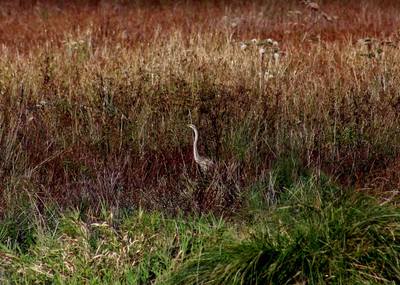


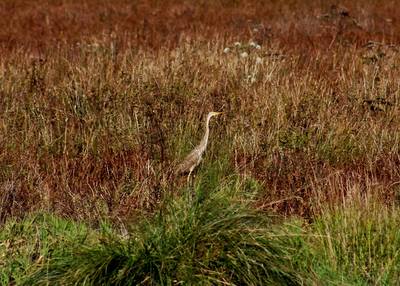







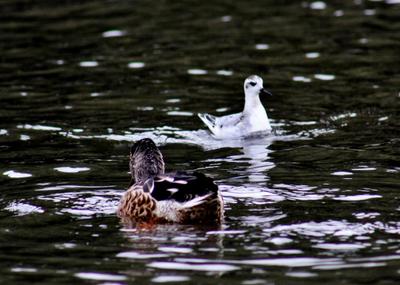


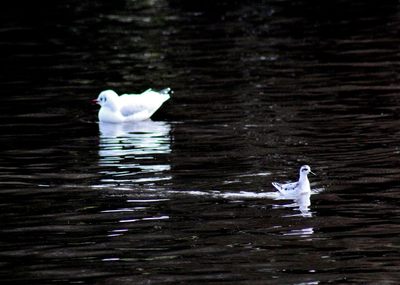








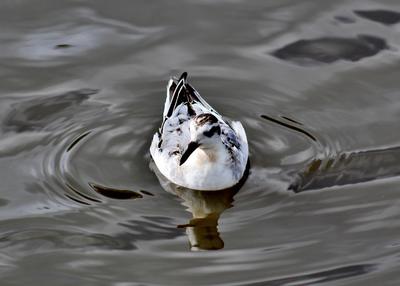

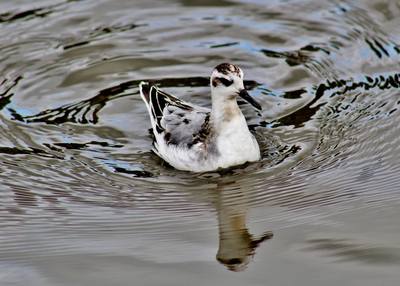



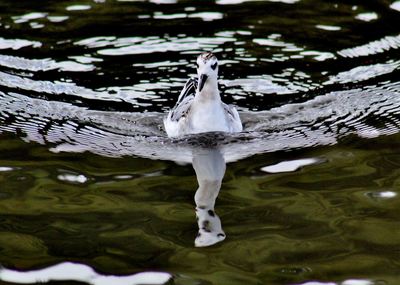

















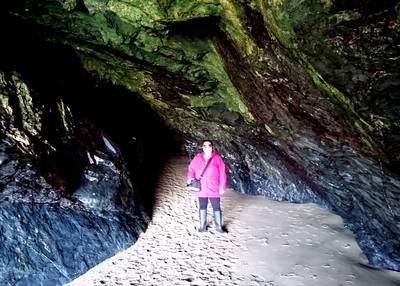




















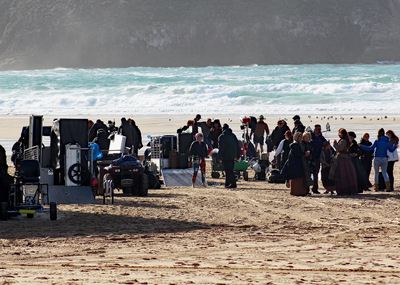










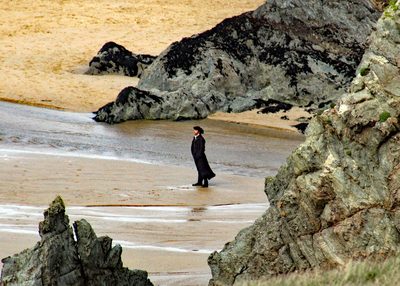


















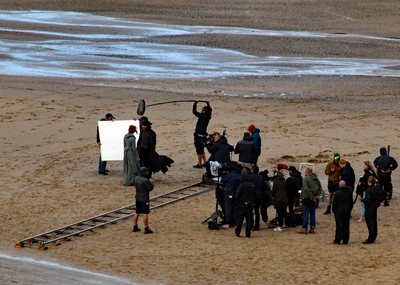

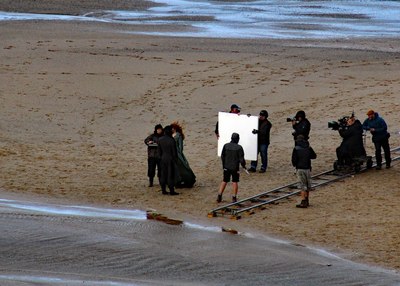




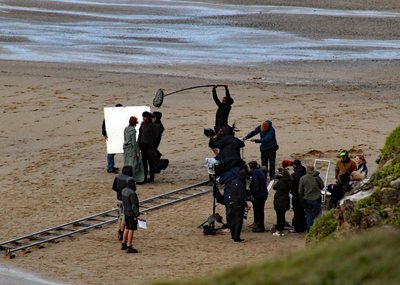
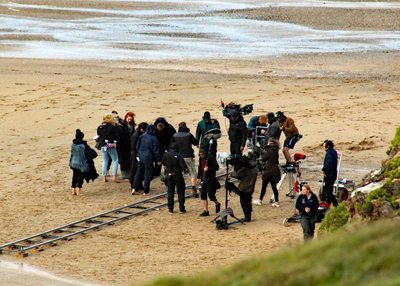



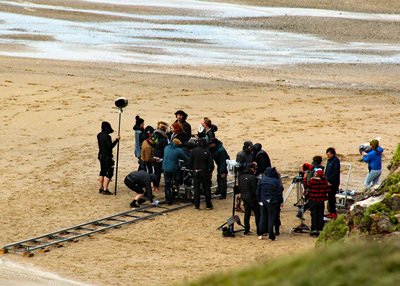
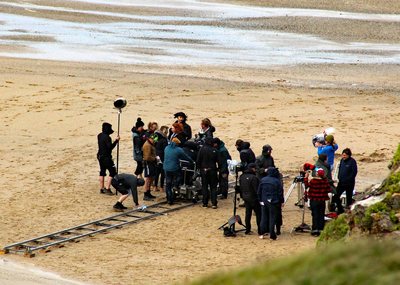















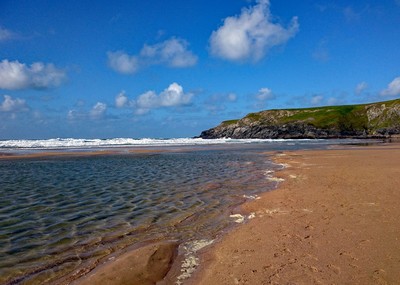


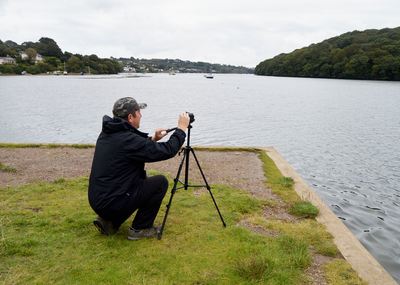







 RSS Feed
RSS Feed